Top 5 weirdly wonderful MTB tech
Not a week goes by without some sort of new mountain bike component being released on to the market. The vast majority are simple tweaks to current designs, and while they often result in marked improvements in performance, very few truly stand out from the crowd.
Here, however, are five products from 2018 that are truly unique — the good, the bad, the ugly… the weird and wonderful of 2019.
Fox Live Valve
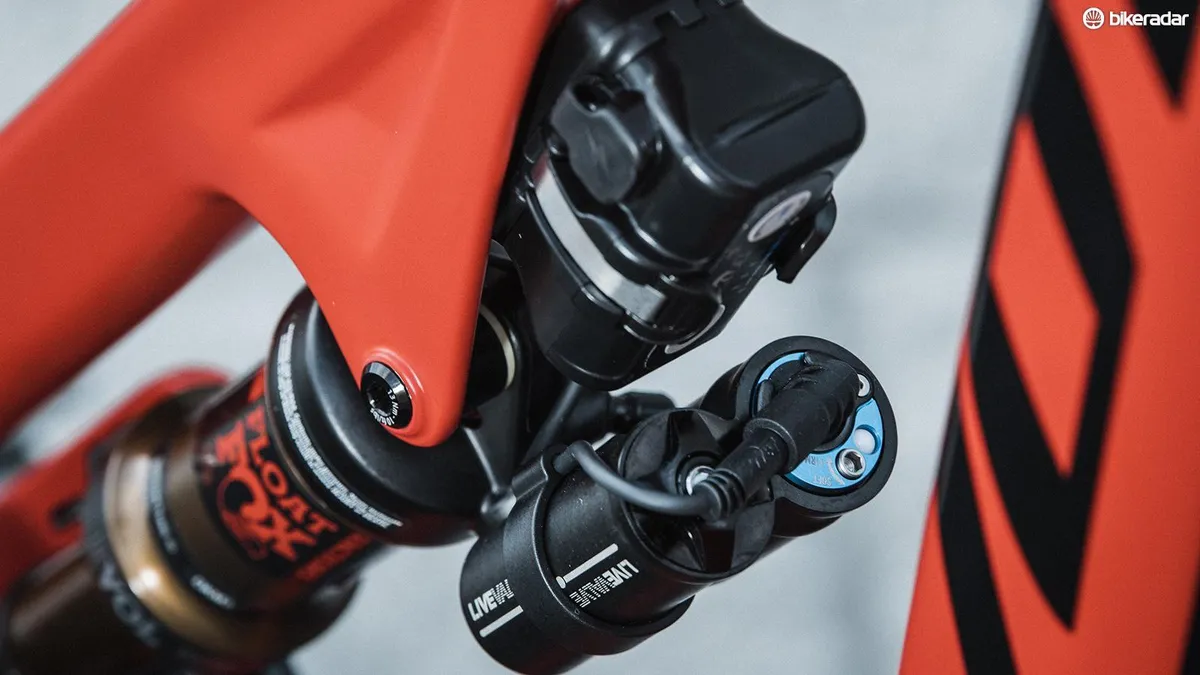
If you like tech, then Fox’s Live Valve system will undoubtedly have piqued your interest this year; it’s probably the most technologically advanced ‘thing’ you can put on a bicycle.
Through a network of sensors, some fancy computing and very fast valving, Fox has developed an auto-adjusting compression damping system that locks your suspension when it’s not needed, then almost instantaneously opens both the fork and the shock as soon as a bump is detected.
It’s so fast, that in BikeRadar testing, we could ride head-on into a curb and not notice the transition from open to closed.
Detractors are legion, but nobody can deny that the technology is impressive.
Rotor 1x13 groupset
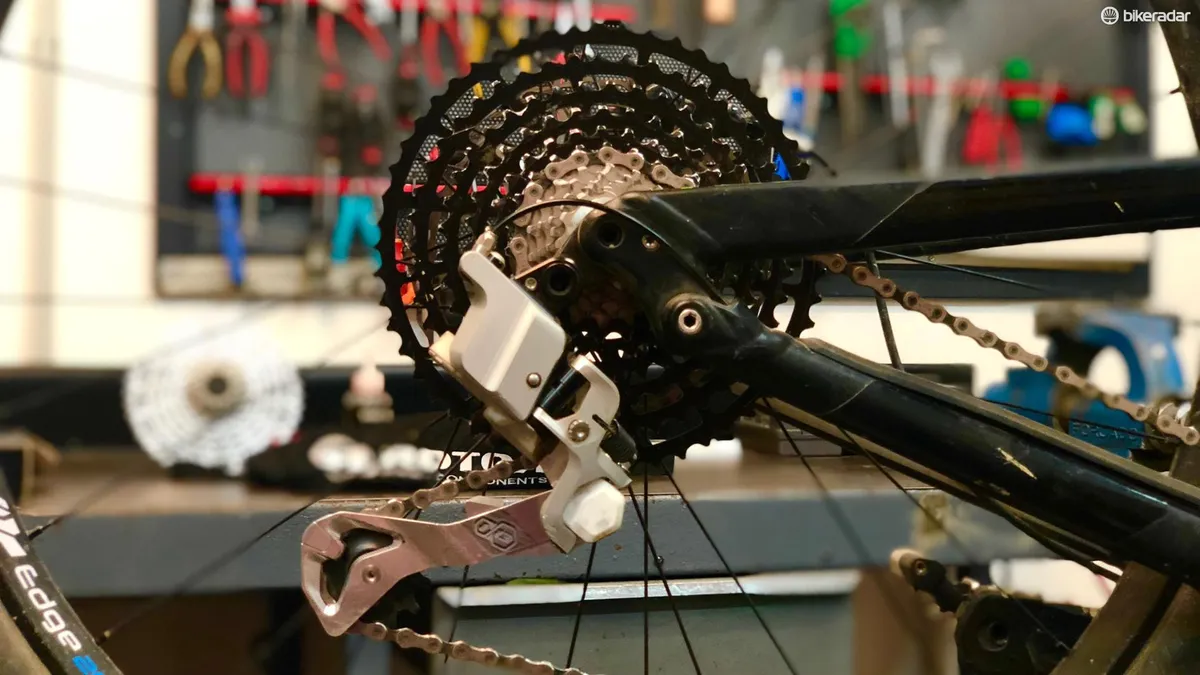
We can already feel the wrath being exerted on Rotor's 1x13 groupset through the medium of your computer's keyboard.
But that’s not the only note-worthy facet of the Spanish groupset — it’s also hydraulic. This means no cable stretch and tighter internal routing is possible without any shift-quality-decreasing friction.
Finally, it’s the cross-compatibility that’s really cool — the mech can be used with both flat-bar and drop-bar shifters, while there is a range of cassettes available too, from the super wide 10-52 down to narrower-range options for XC, gravel and ultimately road based applications. This is one seriously versatile piece of kit.
Deviate Guide
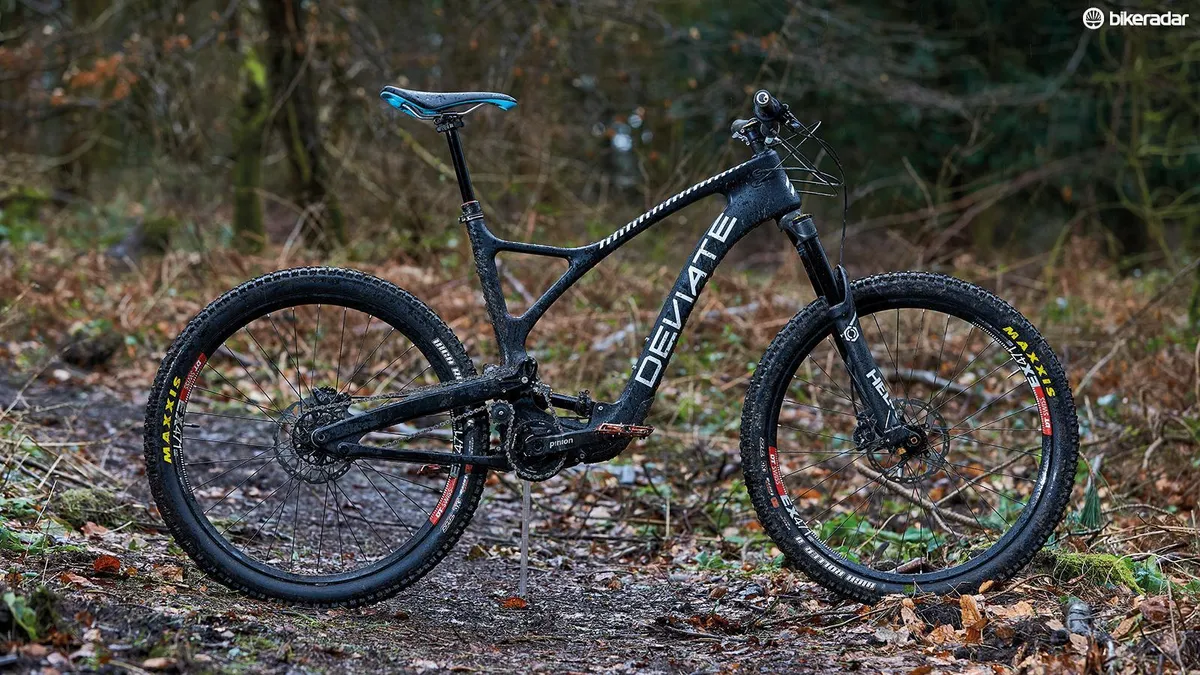
Deviate’s ‘Guide’ mountain bike, as tested by BikeRadar earlier this year, could be the blueprint for mountain bikes of the future. Designed by a couple of mountain bike guides in the French Alps it’s the perfect example of a high-pivot, gearbox driven mountain bike.
Specifically, this means a high main pivot — with a chain directed over an idler pulley — which are becoming more and more common.
We really enjoyed our time on the Deviate Guide
This layout results in a rearward early axle path, with minimal chain growth, meaning the Guide is one of the most glued-down, traction-rich trail bikes we’ve ever tested — expect to see more and more bikes designed like this.
The Guide also uses a Pinion gearbox. The gear system is located around the bottom bracket for perfect weight distribution and no fear of whacking an exposed mech off a rock.
Onesies
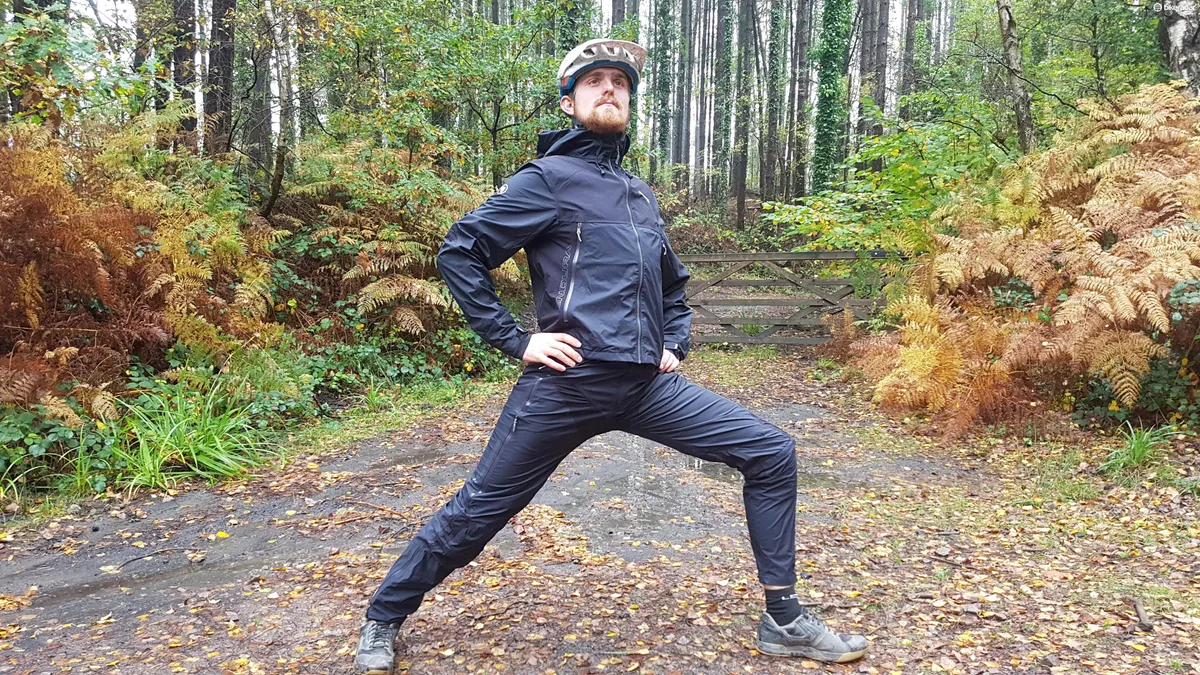
Our first mountain bike onesie landed a year ago and we’ve not looked back since — there are now four in BikeRadar hands and, well, we still love them.
The Dirtlej is the enduro onesie we can't live without
If you ride in wet, splashy, muddy conditions, there’s simply nothing better than a waterproof romper suit to keep you clean and dry.
Muddy shorts or trousers, when attached to the jacket, simply cannot start to sag, and no longer do you have to worry about spray from the rear wheel working its way up behind you jacket leaving you damp and cold.
Aesthetically challenging they may be, but ultimately, how cool is it to be riding a push-bike around in the woods at your age anyway?
Spengle Wheels
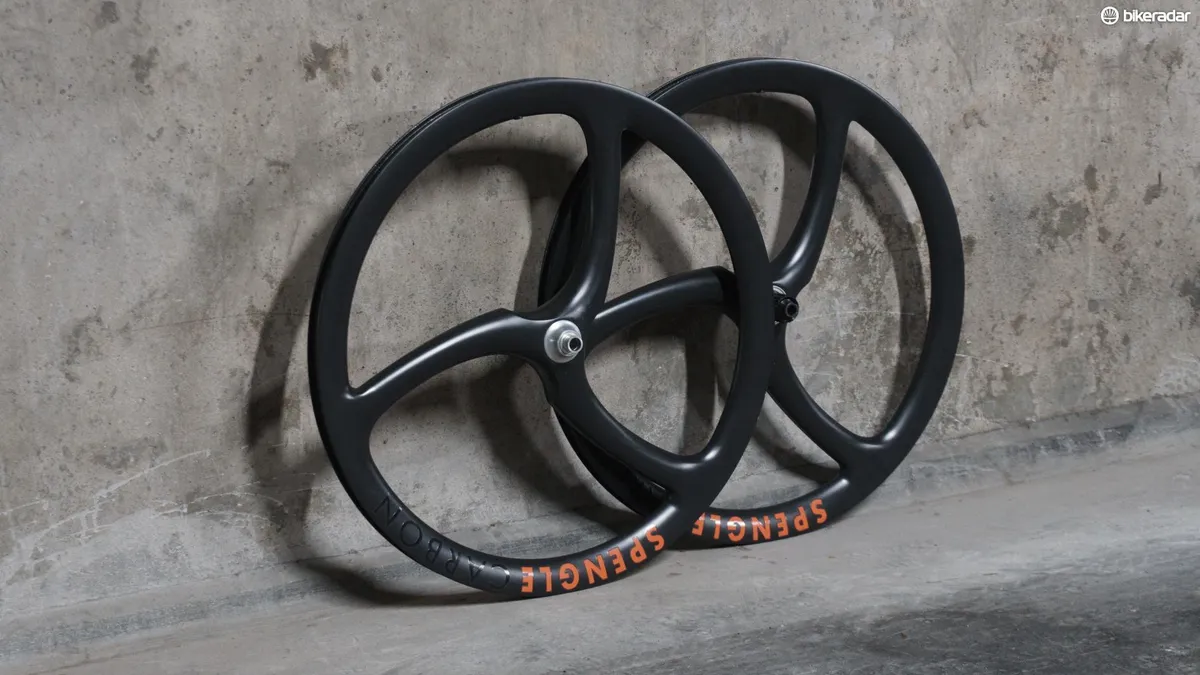
These three-spoke wonders were actually first seen in the late 80s, but here, in 2018, they’re back.
Why? Well, apparently the three-spoke design means less air turbulence and better ride quality.
Spengle has made some pretty bold claims about these wheels — “strongest wheels for the weight, lightest for the strength”, and that they’re the “safest, fastest, most agile wheel on the market.”
We are looking forward to riding them over the coming months to see how they stack up. Are we worried about breaking them? Not if their ‘strongest wheel for the weight’ claim is correct, as this 650b pair weighs nigh-on 2.4 kilos on the BikeRadar scales of truth…
